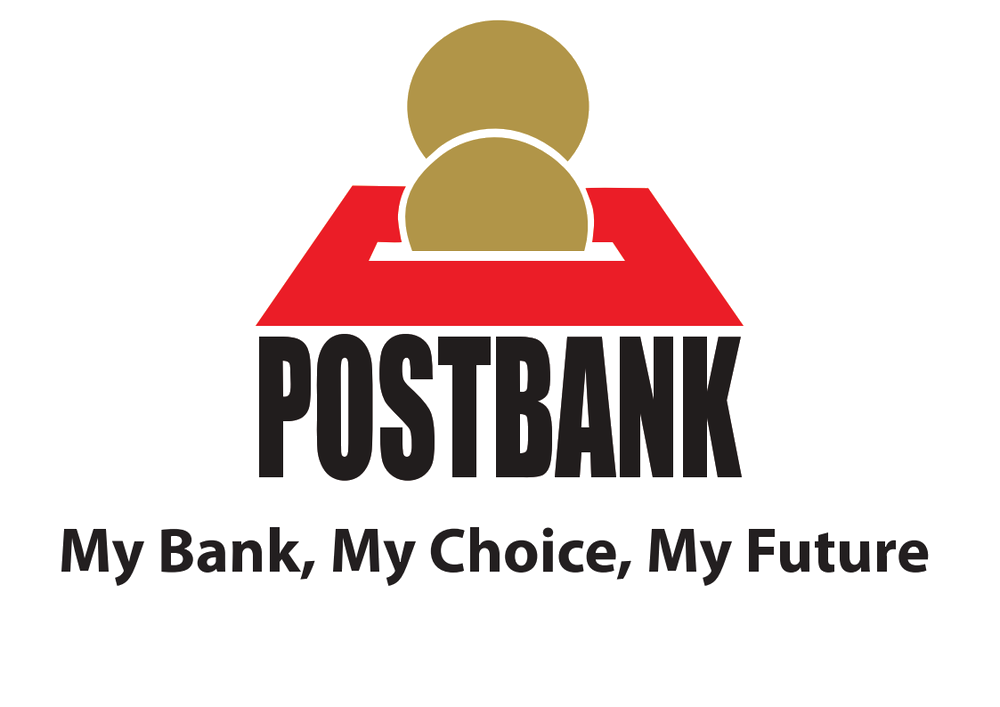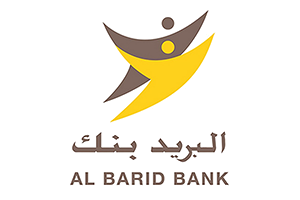On 25 April, ESBG sent a letter to the European Banking Authority (EBA) and the European Commission (EC) regarding the EC proposed changes to the EBA RTS on interest rate risk in the banking book (IRRBB) supervisory outlier test (SOT), specifically for the net interest income (NII) metric. A first ESBG letter on this topic had already been submitted to these institutions in December 2022 to signal the problems with the proposed 2,5% SOT for NII threshold in light of the evolving interest rates environment.
During the adoption period, the Commission suggested introducing a new definition of “large decline” (which triggers the identification of a bank as outlier) based on two elements: 1) a ranking of banks elaborated by competent authorities, and 2) a NII decline higher than 2.5% of a bank’s Tier 1 capital.
ESBG’s letter stressed that the Commission’s suggested approach would not remediate the concerns raised by the industry regarding the calibration of the SOT NII threshold, and it would instead add more complexity, uncertainty and a lack of clarity. Instead, we recommended postponing the calibration of the SOT NII threshold to allow for a thorough analysis of the sensitivity and structural aspects of banks’ interest rate risk management and of the monetary policy developments. As an alternative, the letter recommended that the EBA sets a higher threshold to a more consistent level of 7,5% in combination with a transition period of at least 18 months.
As a result of the advocacy efforts undertaken by ESBG and other banking associations, the EBA issued an Opinion on 28 April rejecting the Commission’s approach. In particular, the Opinion proposed to retain the methodology for a large decline, as originally designed by the EBA, but to amend the level of what constitutes a large decline, replacing the original level of 2,5% of Tier 1 Capital with a level of 5% of Tier 1 Capital in view of the current rate conditions. Compared to the Commission’s proposal, the EBA solution is more realistic and in line with the industry concerns.
The new version of the RTS will still need to be adopted by the Commission, approximatively in mid-2023. The EBA current scrutiny plans on IRRBB will continue, encompassing a reconsideration in the short term of the level of the threshold, which might need regular updates through time
related
European Banking Authority (EBA) on ESG risk management
The European Savings and Retail Banking Group (ESBG) submitted its response to the consultation launched by the European Banking Authority (EBA). ESBG insists on the need for consitency with CSRD and CSDDD, the addressees of this guideline should also
Enhancing Transparency in Bank Disclosures: ESBG delivers comprehensive response to the EBA’s Pillar 3 data hub consultation
On 14 December 2023, the European Banking Authority (EBA) published a discussion paper on the Pillar 3 data hub processes and its possible practical implications.
IASB Exposure Draft (ED) on Financial Instruments with Characteristics of Equity
On 29 November 2023, the International Accounting Standards Board (IASB) proposed amendments in an Exposure Draft to tackle challenges in financial reporting for instruments with both
ESBG’s response to the EFRAG Comment Letter on Financial Instruments with Characteristics of Equity
On 29 November 2023, the International Accounting Standards Board (IASB) proposed amendments in an Exposure Draft to tackle
ESBG advocates for increased clarity and streamlining of supervisory reporting requirements
On 14 March, ESBG submitted its response to the European Banking Authority (EBA) consultation on ITS amending Commission Implementation Regulation (EU) 2021/451 regarding supervisory reporting
WSBI-ESBG advocates for robust implementation of the BCBS Pillar 3 framework for climate-related financial risks
On 14 March, WSBI-ESBG submitted its response to the Basel Committee on Banking Supervision (BCBS) consultation on its Pillar 3 disclosure framework for climate-related financial risks
ESBG stresses the need for consistency and clarity in its Response to the SFDR Review Consultation
ESBG submitted its response to the European Commission’s consultation on the SFDR review, aiming to enhance transparency in sustainability-related disclosures within the financial services sector
ESBG response to the EBA’s consultation on Guidelines on preventing the abuse of funds and certain crypto-assets transfers for ML/TF
The guidelines on the “travel rule” delineate the actions that Payment Service Providers (PSPs), Intermediary PSPs
ESBG responds to the SRB consultation on the future MREL policy
The European Savings and Retail Banking Group (ESBG) submitted its response to the consultation launched by the Single Resolution Board (SRB) in December 2023 on the future of the Minimum Requirement for own funds
ESBG’s response to the Commission’s consultation on the GDPR
The primary EU legislation ensuring the fundamental right to data protection is the General Data Protection Regulation








































